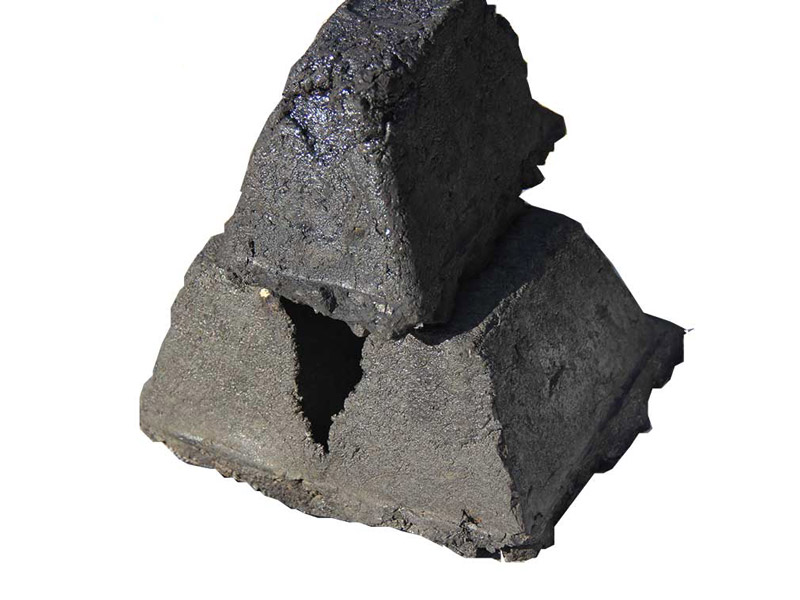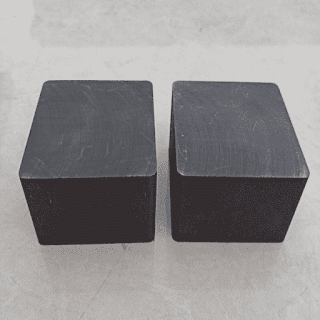Introduction to sintering of electrode paste
Continuous automatic baking electrode is composed of electrode paste and iron shell. The electrode is consumed continuously when working in the carbide furnace, so it needs to be continuously discharged to supplement. When the electrode is lowered to the lower part of the conductive jaw plate, it is calcined at about 1000 ℃ to carbonize the electrode paste. Because the electrode iron shell can continue to be welded without power failure in the electric furnace, the electrode paste is continuously added to the iron shell, and it is sintered in the carbide furnace, so it is called continuous automatic baking electrode.
Self burning electrodes are widely used in carbide furnaces and ferroalloy furnaces. The characteristic of this electrode is that the diameter can be expanded to 2 meters. It is very convenient and inexpensive to connect on the carbide furnace without screw joints. This creates favorable conditions for the development of calcium carbide furnace to large capacity.

In the whole equipment of calcium carbide furnace, the electrode is the heart. In the production of calcium carbide, the current is input into the furnace through the electrode to generate an arc to smelt calcium carbide. Electrode plays an important role in the whole electric furnace.
In the design of carbide furnace, many parameters are based on the electrode diameter. The size of the electrode diameter is determined by the current density allowed by the current passing through the cross-sectional area of the electrode. If the diameter is small, the allowable current density is large; If the diameter is large, the allowable current density is small. Whether the current density and electrode diameter are properly selected is very important for the whole electric furnace.
The determination of electrode diameter has great guiding significance for the design of considering the diameter of electrode concentric circle, electrode spacing, furnace inner diameter, furnace depth, even furnace outer diameter, furnace bottom thickness, etc. Because the data of these dimensions refer to the empirical data in multiple relationship with the electrode.

Comments
Post a Comment